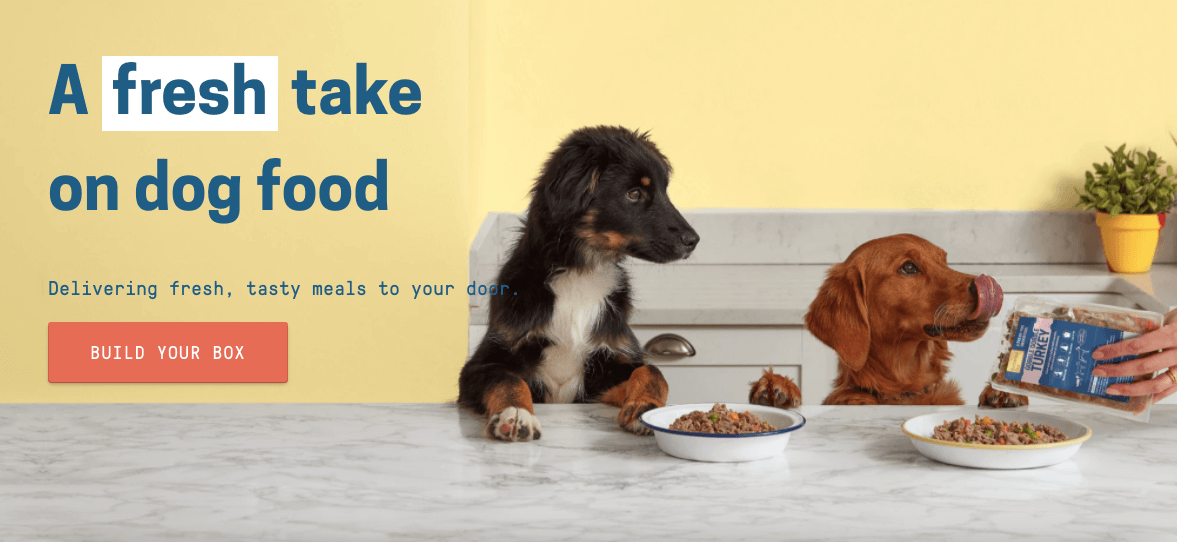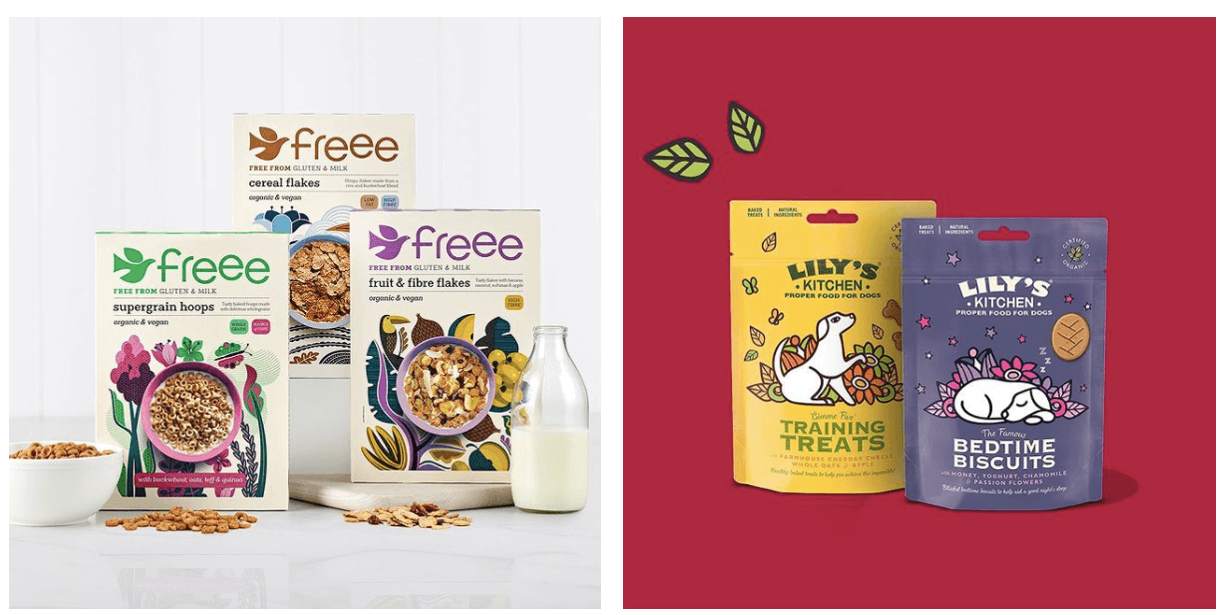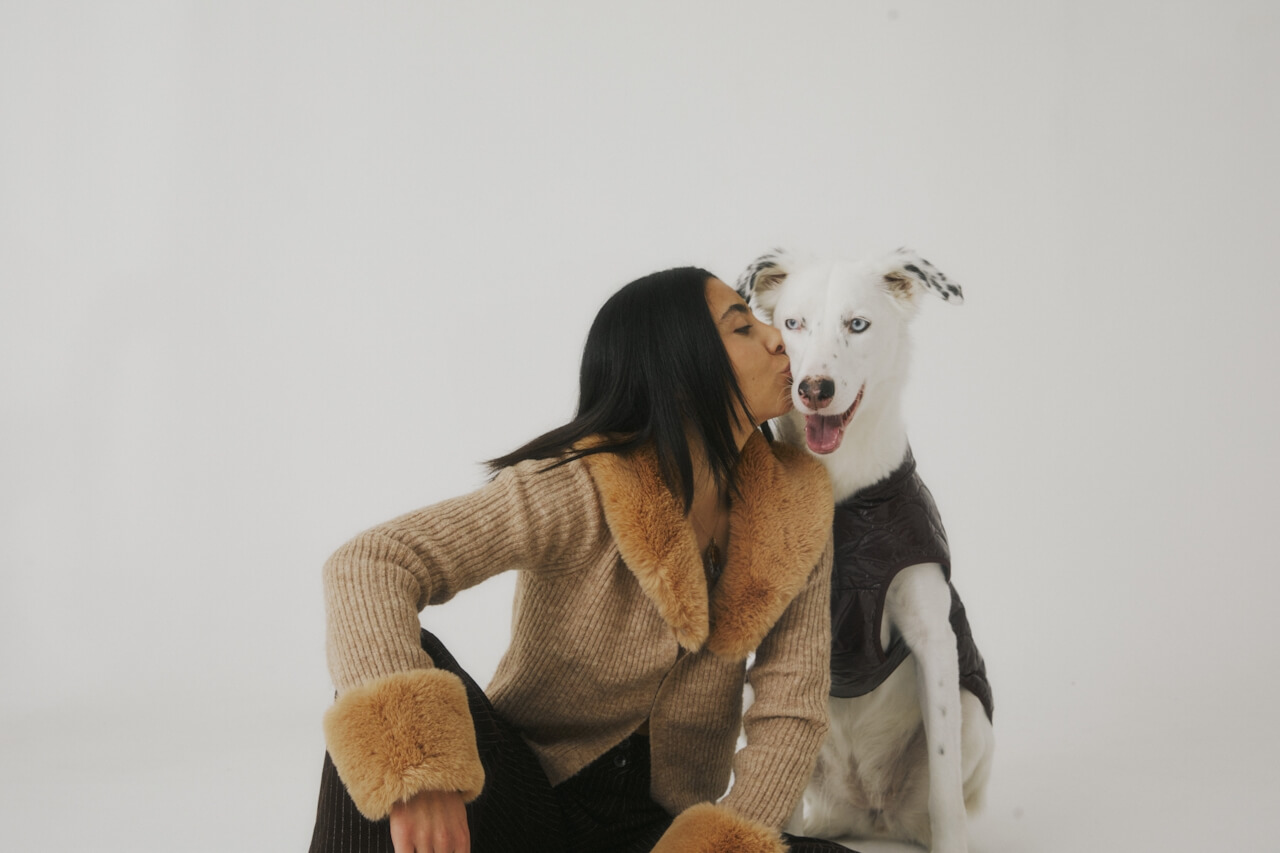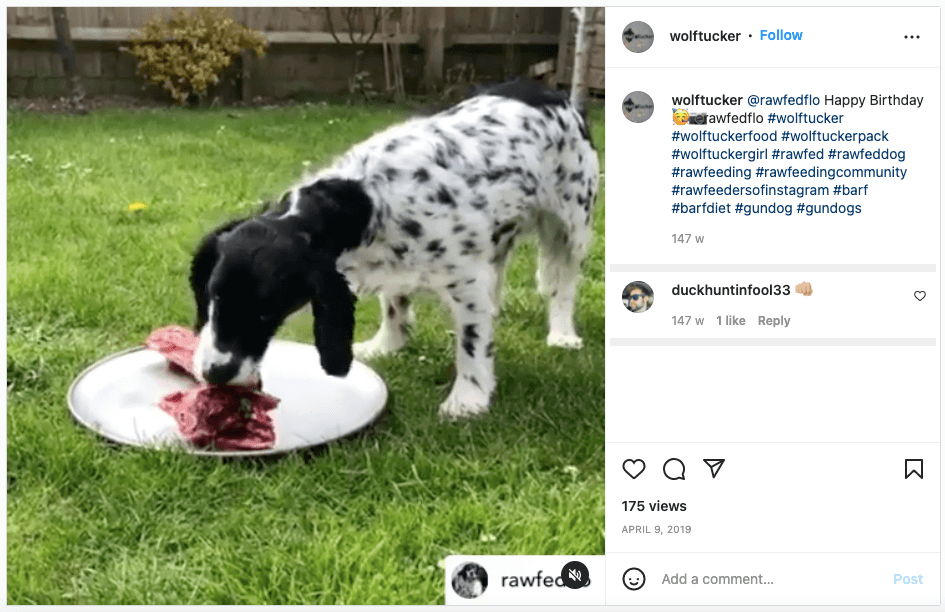Our Thoughts
Pampered Pets & Premium Cues How brands can capitalise on shifts in pet care culture
In recent years and particularly with the rise of lockdown-acquired animals, pets have started to become extensions of ourselves, treated as individuals with their own lifestyles to maintain alongside their humans. They can be fashion influencers, skateboarders, or millinery aficionados. Pets are a place for owners to project their own images, lifestyle habits, and tastes, increasingly a part of the family in every way. And pet owners with income to spend on their animals are looking for the best possible experience for pet care as a result. As part of this, a highly specialised premium and luxury pet food and treat sector has been growing, pulling people away from the supermarket standards to personalised offerings that align with human dietary, ethical, and aesthetic values. The offerings available to pets are nearly as wide-ranging as the options for their owners. There is dog beer and herbal dog tea, vegan pet food, raw paleo dog food, and even high-end restaurants in upscale London townhouses. Each mirrors an equivalent product or need in the upscale human market, so that the whole family, dogs and cats included can unite over food and experience the same elevated lifestyle.
Butternut Box, for example, mirrors the human-food trend of gourmet meal kits, such as Hello Fresh or Gousto, that allow for optimal freshness and culinary exploration with the convenience of delivery. The overall experience, including personalisation options and regular delivery of new options allows pet owners to ensure their dogs receive the same level of nutrition and food pleasure as the human household, without sacrificing time. The imagery and visual style employed by the brand also blends tech-led convenience with a sense of freshness and health. The use of bright, flat colour blocking, clean lines, and sans-serif fonts, across the website and logo align with branding seen across the premium-convenient health food category, including Hello Fresh, Huel, and Allplants. At the same time photographs and interactive imagery demonstrating the transition of fresh, whole raw ingredients into a pet ‘meal’ in a ceramic bowl demonstrates the transparently real, healthy, and natural qualities of the finished product, just as the owners would want for themselves. To drive it all home, the brand’s website features a gif of the brand founders eating the pet food with a fork, further proving the intersection of human and pet cuisine.

Another dog and cat food brand, Lily’s Kitchen, draws directly on recognisable and comforting human food cues, with the use of “Kitchen” in the name, and pet food formulas with names such as “Countryside Casserole.” This language of traditional, homestyle cooking conjures up imagery of hearty food prepared in an idyllic home kitchen, perhaps even on an Aga stove. For consumers who are looking to the past for a sense of simplicity, naturalness, and comfort, Lily’s pet food language conveys a value of traditional good quality and whole, healthy ingredients will be served to their pets, providing a sense of familial care to the animal family members. Likewise the bold outlined, naive illustration style and rich colour palette aligns these dog and cat food bags with human treats likely to be picked up in the natural foods aisle, such as freee cereals or Kallo snacks, reinforcing the down-to-earth goodness inside the pet food formulations, before any specific expert-led health claims are made. Overall the language, imagery, and colours all align the brand with a consumer need for a nostalgic, approachable sense of naturalness and flavour. It is, as the brand says “proper” food for everyone in the household.

Following a different cultural understanding of health and naturalness, Wolf Tucker dog food aligns with the human desire to optimise health through going back to a wild, natural state. The logo features a wolf, not just a domesticated family pet, and imagery frequently depicts well-groomed dogs enjoying a whole, raw cut of meat as though it had hunted the animal itself. This imagery, and the style of raw food which even in its prepared form is clearly made from whole cuts of meat, suggests a need for a return to the pre-domesticated lifestyle. These premium pet food brands communicate the same values as human Paleo brands, which draw on imagery of rugged, rough landscapes and hunter-gatherer societies to suggest a product and lifestyle that will bring optimum wellbeing through a return to a pre-civilized, ‘primal’ state. Similar raw pet food brands also use language that mirrors the functional-biological reasoning behind paleo and gluten free diets for humans, such as KatKin’s website questioning, “Are you feeding your cat food it can’t even digest?” Such language implies a need for a ‘return to nature’, specifically to high-quality raw hunger-gatherer style ingredients, for both humans and pets so that both can be their optimal selves.
These high-end pet foods go beyond the purely functional need to feed a pet and provide it with nutrients, and their formulations and branding incorporate strategies communicating emotional and ethical values beyond the claims and imagery seen on standard pet products. Whilst the functional benefits that a veterinarian would recommend remain important across all these products, developing and branding a successful high-end pet food brand requires a strong understanding of how to cue the key values embraced by the pet’s owner. Ultimately, as pets are increasingly seen as individuals within a family, owners want to ensure that they provide the same elevated sensory and health experience, and extend premium and luxury lifestyle values into the pet’s life.
3 key take-outs for brands:
- When developing a pet food, and designing its brand, make sure you understand the food values held by pet owners, and their own understandings of health and wellbeing – beyond the functional benefits supported by vets.
- In creating a luxury pet product, understand the cues of premiumness and luxury in the relevant spaces beyond the pet category, whether in grooming and beauty, food, or even fashion.
- Be sure to understand the role pets play in culture – whether they are treated as accessories, coddled like babies, or active participants in family life – in order to develop a product and brand that supports their place in society.
Isobel Grad, Senior Semiotician


